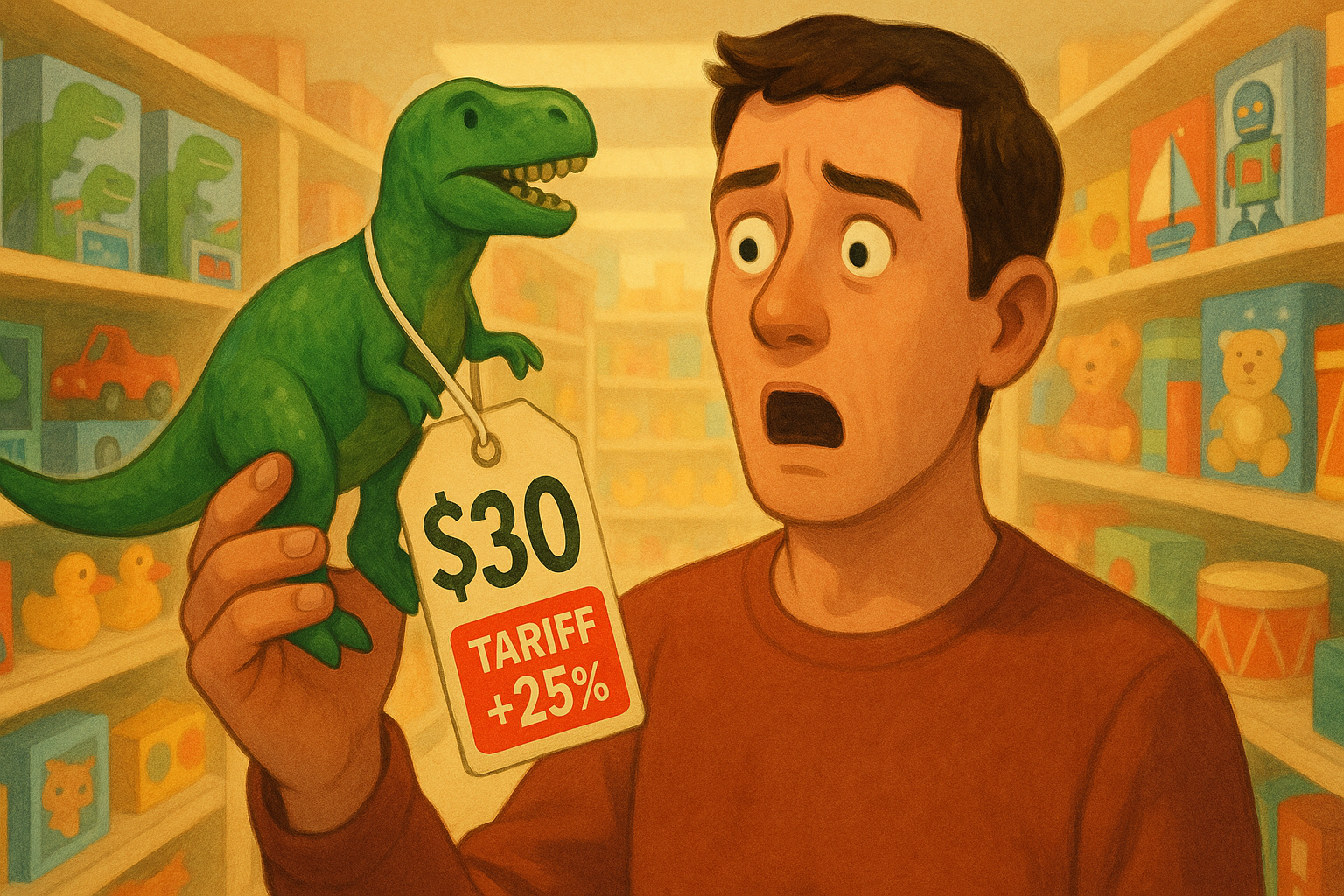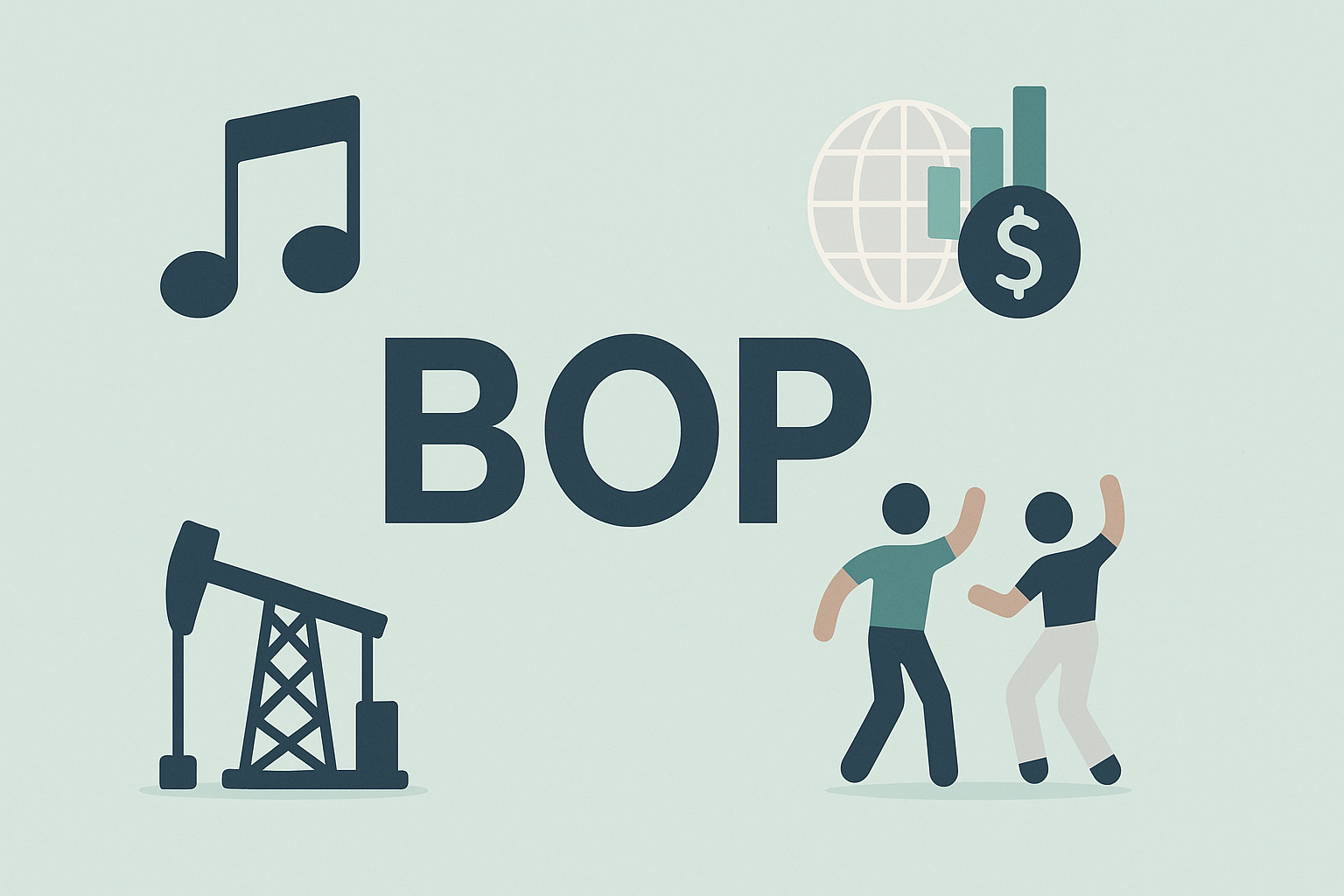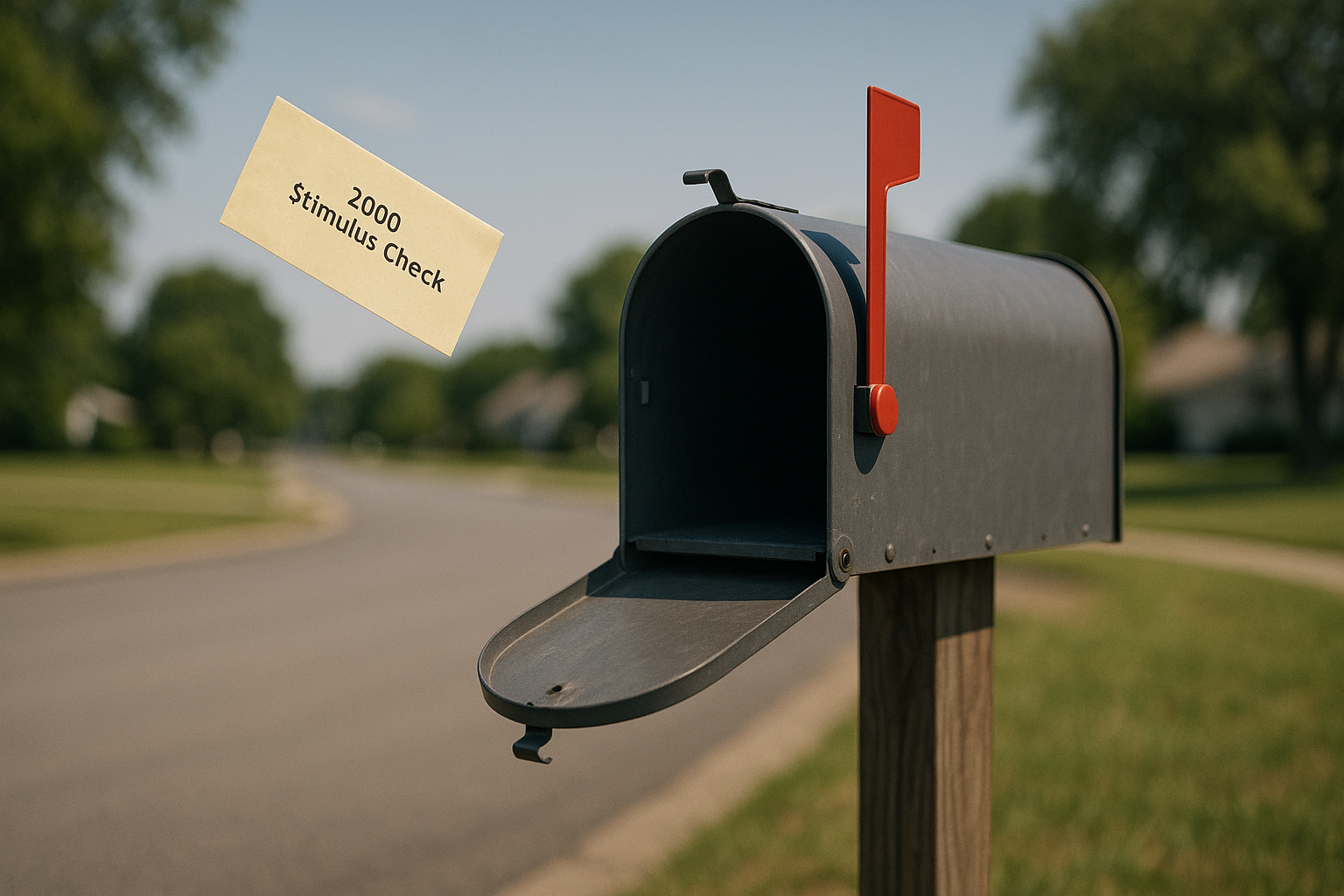Parents nationwide are experiencing serious sticker shock in toy aisles these days. That plastic dinosaur your kid will probably ignore after 15 minutes of play? It now costs about the same as a decent dinner out.
Toy prices have jumped a jaw-dropping 15-20% over the past year—the steepest climb in decades. And if you're wondering who to thank for this unwelcome development, look no further than the ongoing tariff battle with China.
I've been covering consumer economics for years, and rarely have I seen such a direct line between trade policy and everyday purchases. It's almost elegant in its brutal simplicity.
The economics are pretty straightforward. When the Trump administration slapped that hefty 25% tariff on some $300 billion of Chinese imports—including nearly everything in your kid's toy box—something had to give. And it wasn't going to be corporate profit margins.
"We simply can't absorb these kinds of cost increases," admitted Janet Rodriguez, a buyer for a major retail chain who spoke with me on condition her employer wouldn't be named. "The math doesn't work."
What makes this situation particularly nasty is the multiplier effect. See, that initial 25% tariff gets magnified as products move through the supply chain. The manufacturer marks up the tariff-increased base price, then the distributor takes their cut on that higher amount, followed by the retailer's markup. By the time that Baby Yoda reaches your shopping cart, the price hike is enough to make you consider the Dark Side.
The timing couldn't be worse. Hasbro and Mattel were already struggling to compete with iPads and YouTube for kids' attention. Now they're stuck between rising costs and parents' understandable resistance to paying $30 for a hunk of painted plastic.
What's fascinating (in that terrible, watching-a-car-crash kind of way) is how different toy companies are handling the squeeze. Mattel—riding high after that Barbie movie windfall—seems better positioned to convince parents that their products are worth the premium. Hasbro is pushing digital tie-ins to justify the higher prices.
The smaller toy makers? They're just trying to survive.
I visited Three Trolls Toys, an independent manufacturer in Michigan last month. The owner, Dave Simmons, showed me his latest product line with pride—then immediately pivoted to explaining why he might not be in business next year.
"We're caught in a vice," Simmons told me, gesturing around his modest factory floor. "Can't make it cheaper, can't charge more. Something's gotta give."
Parents, meanwhile, are adapting in ways that would fascinate any economics professor. Some are simply buying fewer toys. Others are hunting for bargains or used alternatives. More than a few are rediscovering the parental cheat code known as "go play outside."
(My sister—mother of three—recently told me she's started describing trips to the park as "going to the free toy store." Desperate times, desperate measures.)
There's something almost poetically tragic about toys becoming the poster child for trade war consequences. The objects designed purely for joy and childhood wonder now serve as tangible lessons in global economics and political brinkmanship.
Look, no one's suggesting toys are life-or-death purchases. But they do provide a uniquely visible window into how abstract policies materialize in everyday life. When a parent has to explain to a birthday-party-bound six-year-old why they can't afford the hot new action figure everyone else will have... well, that's when macroeconomics gets painfully personal.
The question now is whether consumers will adjust to this as the new normal or if mounting pressure might force policy reconsideration. History suggests the former is more likely—we humans have a remarkable capacity to acclimate to nearly anything.
Even, apparently, paying luxury car prices for plastic dinosaurs.




